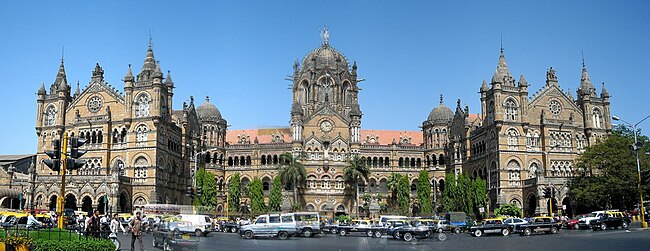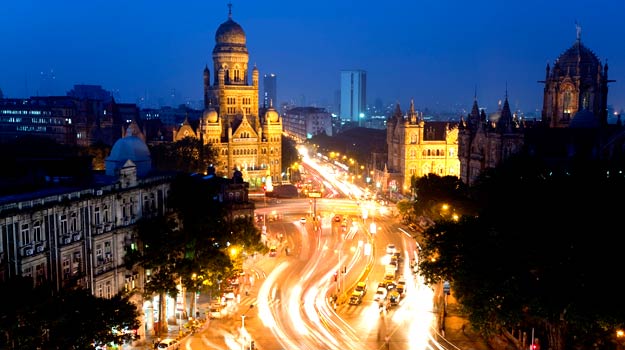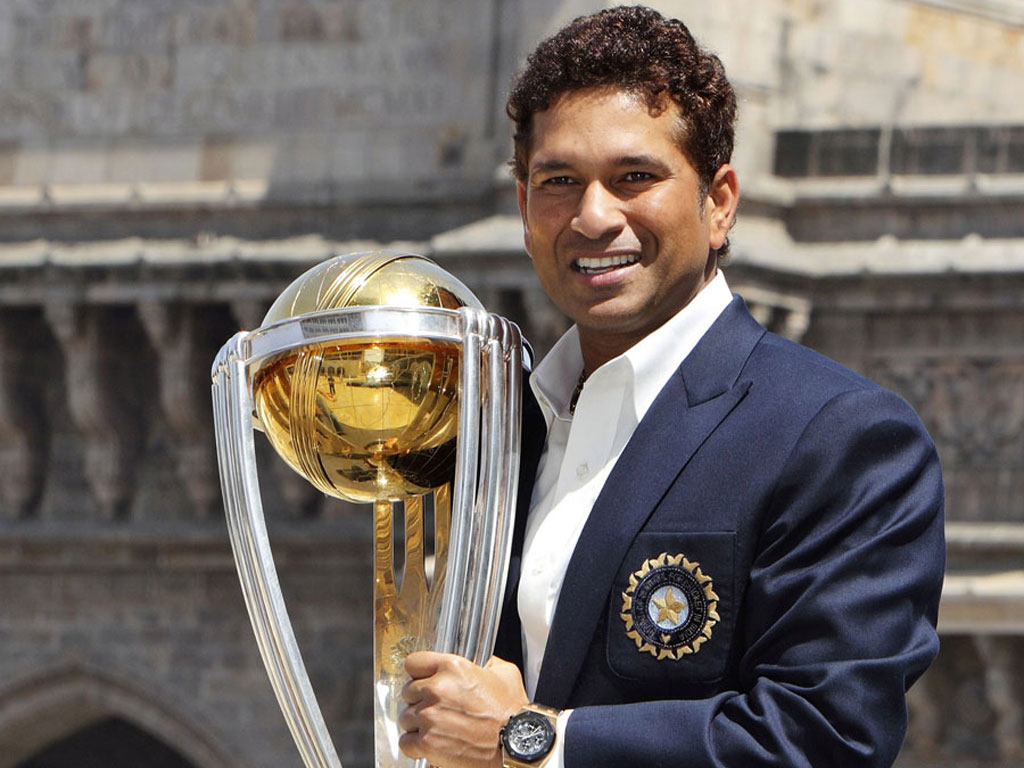About India !!
 •
by
•
by Mr Mody
I am an Indian citizen and am currently studying for various exams in india MHCET being one of them I live in Mumbai and as every Mumbai kar I say amchi Mumbai and I am love indian festivals let me give you a short detail about real india lets forget eIndia and other such topics
Mumbai is known as a city which never sleeps.
The famous CST

Marine drive

Gateway of India


personifies the dream city
The famous Lalbaug Cha raja where people que up since 2am in the morn to get a glimpse of the god

The little Master

Who can forget the little master Cricket Fans

A small History
The city is a modern metropolis whose history is now fast fading into obscurity. Although many may not know the story about the birth of this beautiful city, Mumbaikars are passionate about their rich past and heritage. The name Mumbai is an eponym, derived from the name of a local Goddess called Mumbadevi. The history of this beautiful city dates back to the formation of the seven islands, namely Colaba, Mazagaon, Mahim, Parel, Bombay Island, Worli and Old Woman's Island. This group of islands infact formed a part of the kingdom of Ashoka, the famed Buddhist emperor of India. Following the death of the king, the ownership of these islands was passed on and they were later colonized by a number of different rulers. From the early 19th century, the city went under a massive reconstruction and also experienced a boost in the economy during the American Civil War. Apart from the reconstruction and the ownership, Mumbai (previously called Bombay) has also been witness to mass carnages during the Second World War and the Hindu-Muslim Riots. A series of refurbishments and battles later, the city was officially deemed as the capital of the state of Maharashtra. Scroll further for more on Mumbai and its heritage.
A Glorious Heritage
The Hindu Rule
Originally, the seven islands were a part of the kingdom of Ashoka. After Ashoka's demise, countless rulers of the Silahara dynasty took over until the Kingdom of Gujarat annexed the islands in 1343 AD and remained such till 1543 AD.
Portuguese Colonization
In 1543 AD, the Portuguese seized the isles from Bahadur Shah of Gujarat and they remained in their control until 1661. Following this period, the isles were ceded as dowry to Catherine de Braganza when she married Charles II of England. He, in turn, leased the isles to the East India Company during their colonization in 1668 and that's when the city was named Bombay. In a matter of seven years, the population of the city rose from a mere 10,000 to 60,000 in 1675. After the population in the city began to grow, the East India Company officially transferred their headquarters from Surat to the new city called Bombay.
The Hornby Vellard And Industrialization
The Hornby Vellard was one of the first engineering projects to be undertaken in Mumbai. William Hornby, the governor of Bombay, initiated the project in the early 18th century despite harsh opposition from the East India Company. Thereon, the city began to take shape with several civil engineering projects underway, marking the birth of the Industrial Revolution. The seven islands were finally merged into one single mass in 1845, and in 1853, the country's first railway connection was accomplished between Bombay and Thane. The city was under the rule of the Company's hands until the revolt in 1857.
The opening up of the Suez Canal in 1869 also meant that connections between Bombay and the rest of the world were open, resulting in Bombay becoming one of the major ports in India. Just before gaining Independence, the city witnessed large scale Hindu-Muslim riots that resulted in colossal massacres and turmoil.
Post-Independence
Post-independence, the city expanded drastically and a number of suburban towns were incorporated within the city limits such as Borivali, Andheri, Malad, Thane and Bandra. In 1960, Bombay became the new capital of Maharashtra. Sky-scrapers, towering architecture, the Bombay Stock Exchange, tarred roads and a boom in the secondary and tertiary sector changed the city's status and brought it up to one of the top four cities in the country. Today, Mumbai is the fourth most populous city in the world.
Mumbai is the business capital of India and is also one on the largest cities in the country. The present population of Mumbai is estimated to be millions and is still growing. Not many know however, how the population grew or how the city got its status as the commercial capital of India. The insight into the history of this glorious city is the answer to its inspiriting beginnings and eminence around the world


Comments
I voted for Mumbai Indians. tldr;
haha not Sachin ??? sir
Acha..
All hail bollywood.!
haha